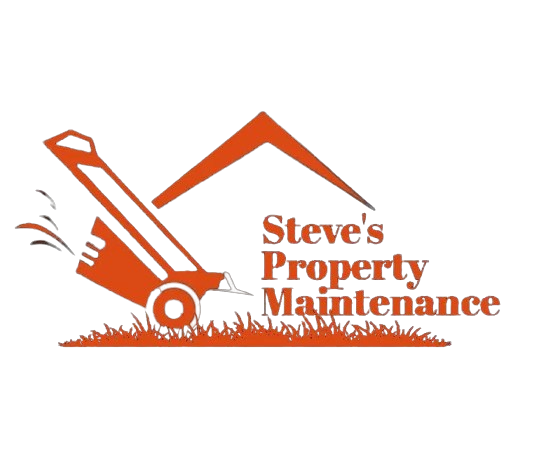As days shorten and the air cools, fall gives homeowners a prime chance to care for their lawns with smart seeding and fertilizing. Knowing when to sow, how to feed, and how to care can help your yard grow strong by spring. Here are simple steps for fall lawn care.
Timing is Key: When to Seed
Homeowners ask: When do I seed? In many cases, you can start when the first frost drops in. In places like Central Iowa, frost comes in the first or second week of October. This timing lets new grass grow for eight weeks before winter sets in.
Waiting too long leaves grass weak when the freeze begins. If warm days last and temperatures near 90, you still can sow if you water well and keep an eye out for fungus.
For cool-season grass like bluegrass, early September works well. Ryegrass may cope with a later start. Watch the weather, and let its signs guide you.
Fall Recovery After Summer Heat
Summer heat wears out many lawns. When the air cools and rain comes, your lawn can recover fast. The green of the grass returns as the heat drops.
After heat ends and slow, heavy rain falls, start your fall care plan. Begin the first round of fertilizer when you see the grass regain its strength. Fertilizer too soon may not work as well and could bring new troubles.
Building a Fertilization Plan
Fall is a good time to change your fertilizer plan. Fall feeding builds strong roots and gets the lawn ready for winter. As the air grows cool, grass takes in nutrients and grows from the bottom up.
Each grass type needs its own mix. Cool-season varieties, for example, do best with food high in nitrogen. Find a product that fits your grass well.
Seeding Methods for Best Results
Sowing the seed needs care. Make clear plots for each type—bluegrass, ryegrass, and fescue—and keep them spread evenly.
Using a hand tool to spread the seed keeps them close enough for even growth. Leaving some old grass in place helps keep new seed on the soil. You might even scar the old grass slightly to give the seed room.
Simple Care Through Fall
Your lawn care does not end at seeding and feeding. Ongoing care makes the difference. After sowing, water enough for the seed to take root, but not too much to cause rot or fungus.
Watch the rain and adjust your water amounts. After heavy showers, inspect your lawn to see how it wakes. Airing the soil now and then helps it take up the food that you add.
Conclusion
Fall is a prime time to care for your lawn’s future. By knowing when to seed and feed and by using clear steps, you can make your yard strong through winter and into spring. Use these steps to care for your lawn in the coming months.
[h3]Transform Your Lawn with Steve’s Property Maintenance![/h3]
At Steve’s Property Maintenance, we specialize in expert lawn care, landscaping, and property maintenance services right here in New London County, Connecticut. Whether you need regular lawn maintenance, a complete yard transformation, or eco-friendly landscaping solutions, we’ve got you covered!
📞 Call us today at +1 860-847-3441
🌐 Visit us at https://steves-property-maintenance.com
📅 Schedule a Free Consultation Now!
Don’t wait—take the first step toward a greener, healthier lawn today!

